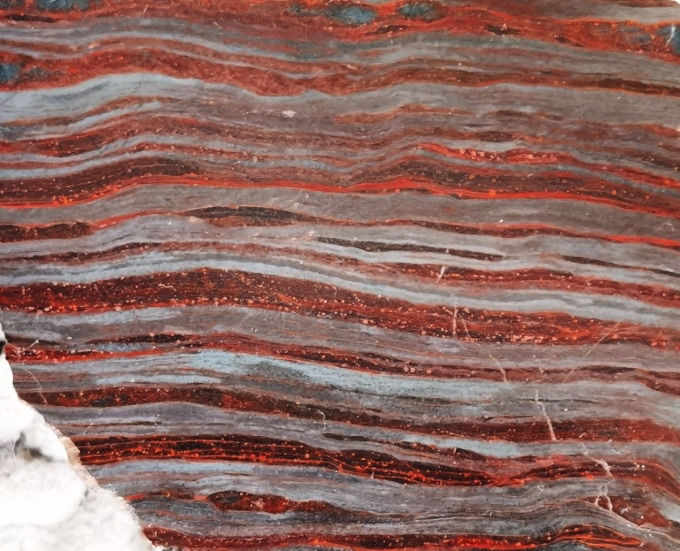Rivers may have operated on a global scale about 3.5 billion years ago.
The new finding comes the courtesy of ancient rocks in China and South Africa. A change in rocky chemistry around that time provides the earliest known chemical evidence for the weather of the Earth’s continents and the subsequent distribution of nutrients from the Earth to the ocean, geobiologist Kurt Konhauser and colleagues report on December 12 Geology.
Water chips away on rocks on the ground, removing minerals and washing them. “Once you take the weather, you have a nourishing influx for the oceans, which can lead to … life that blooms in coastal waters,” says Konhauser, from the University of Alberta in Edmonton, Canada.
The Konhauser team analyzed a kind of rock called a band iron formation. These rocks, which can exhibit ornate patterns of alternative red and dark lines, preserve the oceans’ chemistry images that once lay down.
Grong iron formations The team studied the record of a dramatic change in the relative quantities of germanium and silicon about 3.5 billion years ago. This change could only have happened if the rivers were carrying materials wet from the land to the ocean.

The Earth formed about 4.54 billion years ago. The weather showing about a billion years later gives evidence “for the growth and exposure of continental lands really early in Earth’s history,” says study co -author Leslie Robbins, a geochemist at the University of Regina in Canada.
The attempt when the continents appeared is a subject of debate, partly because the planet’s rock record becomes spotty away in time. Other studies have established continents at about 3 billion years ago, says Konhauser. The new finding “is simply postponing the emergence of continental lands quite little compared to what has been the general view.”
The presence of continents is essential for life to capture their borders, says Eva Stüken, a geochemist at St. Andrews in Scotland which was not included in the research. “It provides a platform for life in shallow water,” she says. “Most of the marine life today is in these shallow marine habitats.”
Finding does not mean that rivers were not active before this time, says Stüken. “I’m sure there were small islands and small rivers before, but at this point we are seeing this change where rivers have begun to affect the ocean chemistry.”
The team wants to see if their geochemical data can tell them anything about the size of ancient continents. “Does what does this really mean in terms of continental crust there was the next thing,” says Konhauser. “Were they similar in size as they are today? ideas. “
#Ancient #rocks #reveal #rivers #began #pouring #nutrients #sea
Image Source : www.sciencenews.org